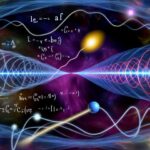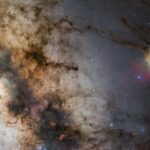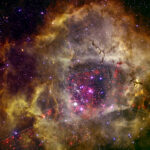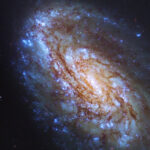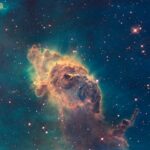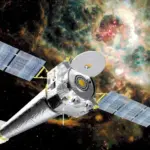The Results Of The Study Could Bring Us One Step Closer To Solving What Has Remained A Mystery For Nearly A Century: The Interstellar Medium.
Of The Matter That Occupies The Vast Expanse Between Star Systems Within A Galaxy, We Still Know Very Little. Thanks To The Study Presented By An International Team Of Scientists, Most Notably Including Participation From Johns Hopkins University, We May Be One Step Closer To Solving The Puzzle Known As Stardust. Stardust Has Remained A Mystery For Nearly A Century.
The Researchers Are Convinced That Their Work Demonstrates, In Fact, A New Way Of Obtaining The Location And Composition Of Matter That Lurks Among The Stars Of The Milky Way. A Set Of Materials That Includes Dust And Gas Composed Of Atoms And Molecules, Remnants Of Stars That Have Ended Their Life Cycle. Material That Is Certain To Form The Basis For New Stars And Planets. “It Is Said That We Are All, After All, Stardust, Since All Chemical Elements Heavier Than Helium Are Produced In Stars,” Explains Rosemary Wyse, Professor Of Physics And Astronomy At Johns Hopkins And First Author Of The Research That Enabled The New Map Of The Galaxy To Be Drawn. “But What We Don’t Yet Know Is Why Stars Prefer Certain Places In Space For Their Formation Process. This Work Gives Us New Insights Into The Interstellar Medium From Which The Stars That Dot The Universe Are Formed.” In Particular, The Study Focuses On A Particular Phenomenon Of Starlight Absorption, Known As Diffuse Interstellar Band (DIBS).







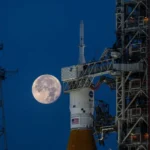




![Space Streams - Nebula [Ambient] image](https://space-streams.com/wp-content/uploads/2024/11/space-streams-nebula-150x150.png)



